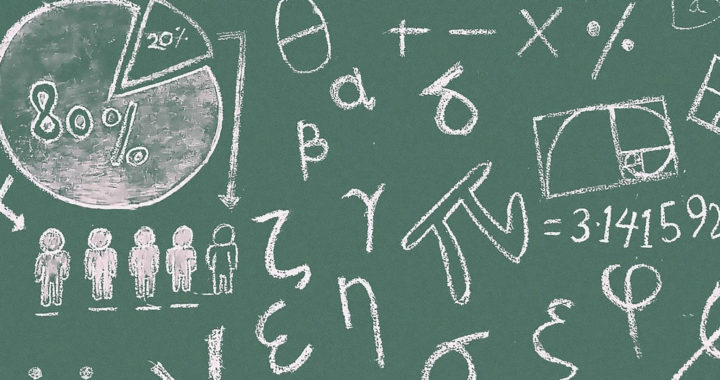American physicist Larry Shaw founded the National Pi Day in 1988 to honor the mathematical constant “pi,” which is approximately equal to 3.14159. He chose March 14 because this date is also represented as 3.14—which are the first three figures of pi.
The United States House of Representatives passed a resolution that supported the designation of Pi Day. The 40th General Conference of UNESCO held in November 2019 designated this day as the International Day of Mathematics.
Celebrating and Observing Pi Day
Early History
Shaw organized the first-known and large-scale celebration of Pi Day on 14 March 1988 at the San Francisco Exploratorium. Note that he worked as a physicist for the museum. He invited the staff and the public to march around one of its circular areas.
The U.S. House of Representatives passed a non-binding resolution labeled as 111 H. Res. 224 to officially recognize March 14 as National Pi Day in the United States. Several organizations and communities have since followed suit.
Furthermore, UNESCO began recognizing this day as the International Day of Mathematics. Pi is one of the most popular mathematical constants that has been valuable to mathematicians, students, and other relevant professionals across different fields.
Observance
There are different ways to celebrate this occasion. Shaw and the rest first held the event not only by marching around a circular space but also by consuming fruit pies. Pie-eating and pie-eating contests have been a common activity in its observance.
It is interesting to note that the Massachusetts Institute of Technology has observed the practice of sending out its decision letters to would-be students on March 14 as part of the recognition of the revered occasion attached to this date.
UNESCO holds different activities around the world in partnership with different educational institutions and museums. These events transpiring in different venues focus on the appreciation of mathematics and its contribution to society.
Pi as A Mathematical Constant
Remember that pi is a mathematical constant. Its value represents the ratio of the circumference of a perfect circle to its diameter. Note that it is also an irrational number because it consists of a decimal with no end and repeating pattern.
Pi occurs in different areas of mathematics. These include the circumference and area of circles; the surface area and volume of a cylinder, sphere, and cone; radians and degrees; the area of a sector, and in calculating the volume of solids, among others
